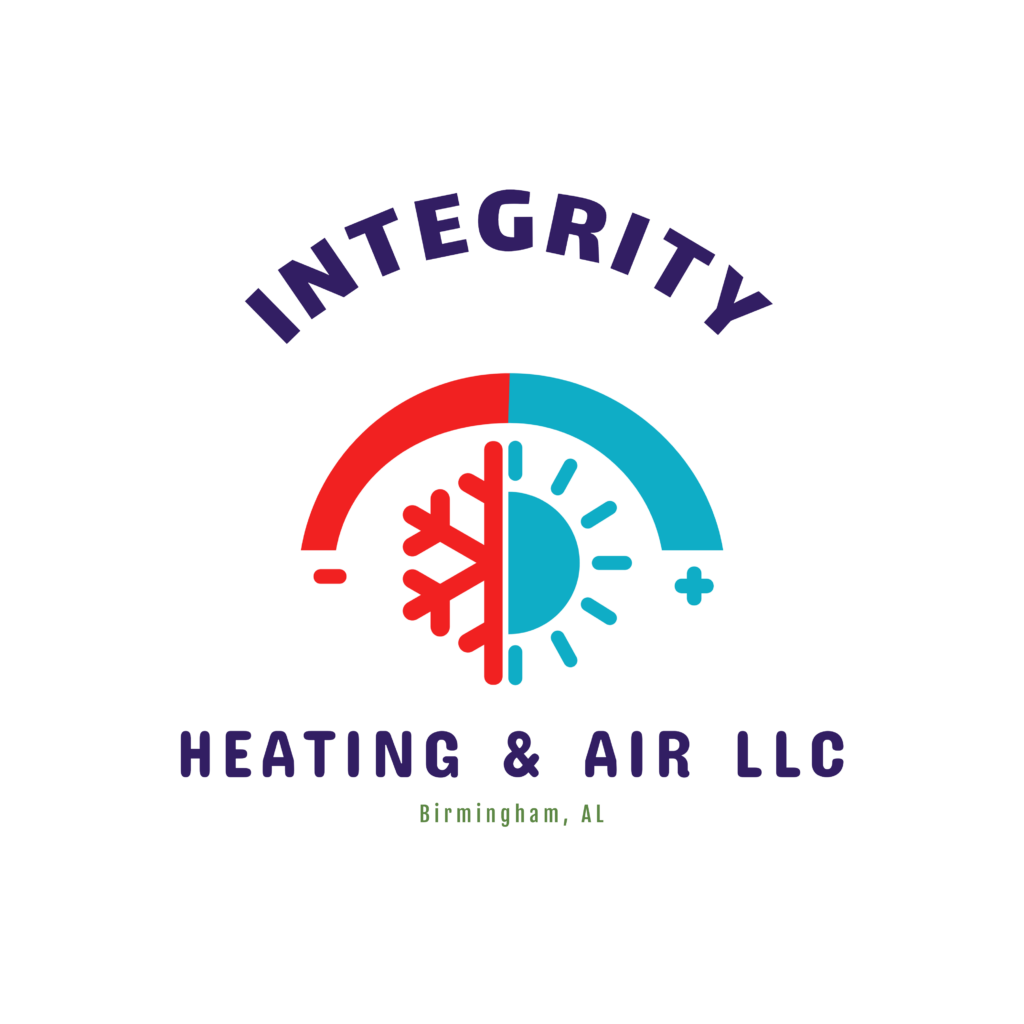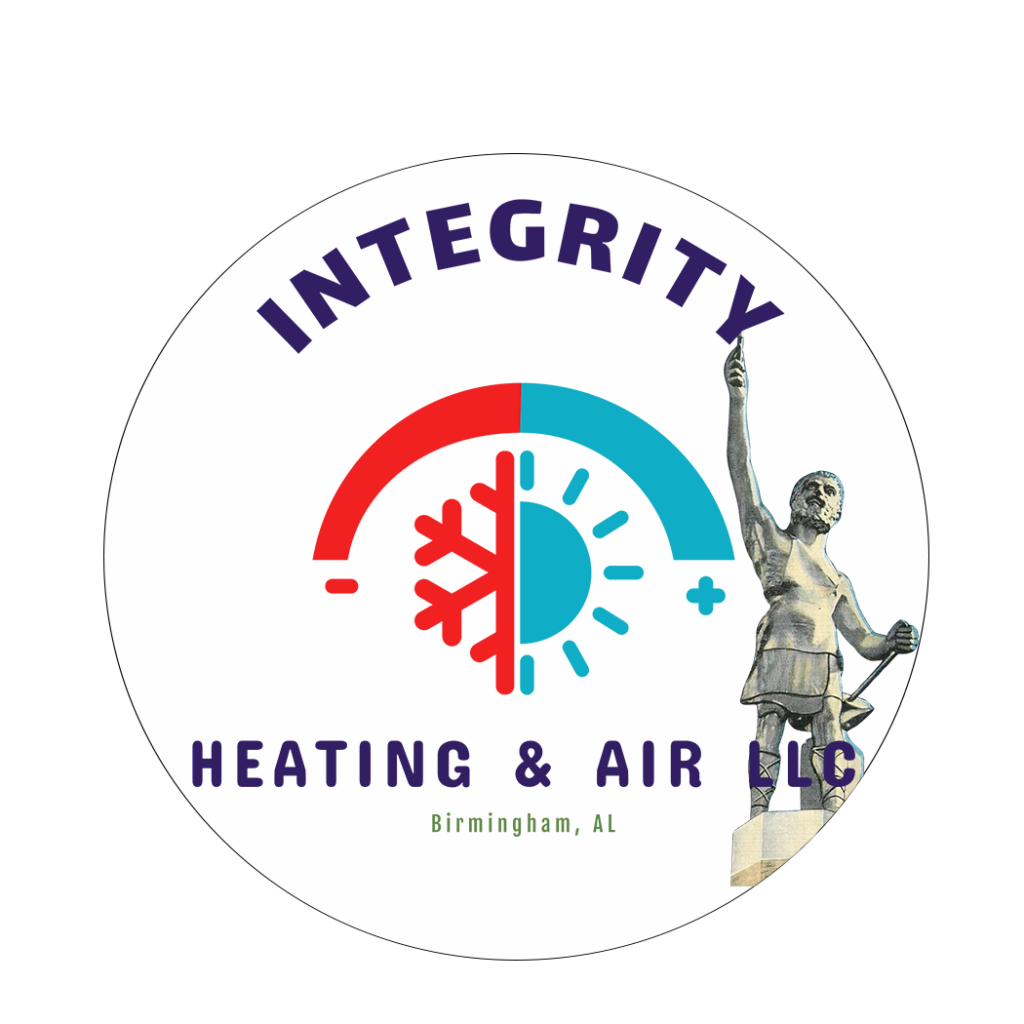As school administrators and facility managers strive to reduce energy costs and promote sustainability, one area that often comes under scrutiny is the heating, ventilation, and air conditioning (HVAC) systems in educational institutions. HVAC systems are essential for providing a comfortable and healthy learning environment, but they can also be a significant source of energy consumption and expenses. By implementing energy-saving practices and making efficiency improvements, schools can not only reduce their environmental impact but also save on operational costs. Here are some tips for reducing HVAC energy consumption in schools:
1. Invest in Energy-Efficient HVAC Systems: When it comes time to upgrade or replace HVAC equipment, opt for energy-efficient models that meet or exceed ENERGY STAR ratings. High-efficiency systems can significantly reduce energy consumption and operating costs over the long term.
2. Regular Maintenance and Tune-Ups: Schedule routine maintenance for HVAC systems to ensure they are operating at peak efficiency. Regular tune-ups can help identify and address any issues that may be causing energy waste, such as dirty filters, leaky ducts, or malfunctioning components.
3. Implement Temperature Setbacks: Adjusting the temperature settings during unoccupied hours, such as evenings, weekends, and holidays, can lead to substantial energy savings. Consider installing programmable thermostats or utilizing building automation systems to automate temperature setbacks.
4. Improve Building Insulation: Proper insulation can help retain heat in the winter and keep cool air inside during the summer, reducing the workload on HVAC systems. Inspect and upgrade insulation in walls, windows, doors, and roofs to prevent energy loss.
5. Utilize Natural Ventilation: Take advantage of natural ventilation whenever possible to reduce the need for mechanical cooling and heating. Open windows and use exhaust fans to promote air circulation and improve indoor air quality.
6. Implement Zoning Systems: Divide school buildings into zones with separate HVAC controls to provide customized heating and cooling based on occupancy and usage patterns. Zoning systems can help optimize energy use by directing conditioned air only to areas that need it.
7. Educate Staff and Students: Raise awareness among staff and students about energy-saving practices and the importance of reducing HVAC energy consumption. Encourage everyone to contribute by turning off lights, closing windows, and using energy-efficient appliances.
8. Monitor and Analyze Energy Usage: Install energy monitoring systems to track HVAC energy consumption and identify trends or anomalies that may indicate inefficiencies. Use this data to make informed decisions and implement targeted energy-saving measures.
By implementing these tips and adopting a holistic approach to energy efficiency, schools can significantly reduce HVAC energy consumption, lower operational costs, and create a more sustainable learning environment for students and staff. Prioritizing energy conservation not only benefits the school budget but also promotes environmental stewardship and sets a positive example for the entire school community.

